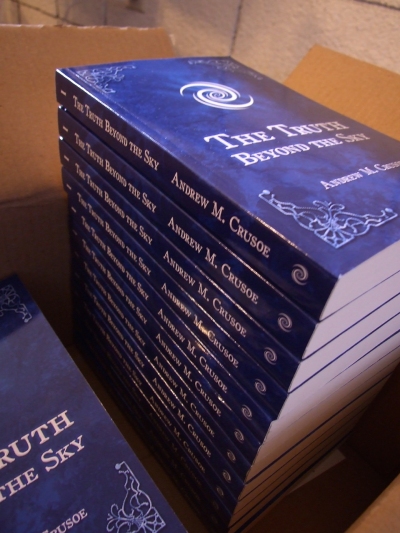We each choose the game we wish to play.
Some enjoy historic games like chess or backgammon. Some enjoy newer games, ranging from Tetris all the way to Halo. But the exceptionally interesting games are the ones that you don’t even know are really games.
Do you know what my favorite game is?
Easy. It’s KDP. And on the broader scale it’s the KDP/Google supergame, but let’s just keep it simple to start.
Yes, Kindle Direct Publishing is totally a game. Look no further than the book and author rankings on Amazon to tip you off. Not to mention the varying levels of difficulty presented to you, depending on which level (or genre) you decide to tackle. And what a powerful game it is, allowing indie-authors to reach millions through the Kindle store and sell their work.
Every good game involves skill of some sort, and what I love about KDP is that it requires a skill that I love to flex: telling stories well. And you can level up in this game, too. In fact, the more you write, the more you naturally improve at your craft. But what is the goal of the game? How do you win?
In fact, what would KDP’s instruction booklet look like if it were a game? Well, for starters, we need to know the—
Object of the Game
Now this is terribly important. Around this statement, everything else revolves, so we need to be clear and concise. Of course, not everyone is going to have the same goal in mind for the KDP game, but based on the many interviews I’ve heard of indie-authors, I’ve noticed that the clear majority of them want to earn a living doing it full time, so let’s go with that, since it’s the most likely.
Object: Earn a Full-Time Income.
Even if it’s just above poverty level, I’ve observed that most writers don’t really want much stuff, anyway. What they primarily want is to write, and to write they need some—
Equipment
You’ll need a modern computer of course, and your brain. You’ll need a net connection and recent software to create EPUB and MOBI files for your ebook. Most importantly, the computer you choose needs to be reliable and comfortable to write on. A computer with a good keyboard is key. (Hah!)
I chose a Macbook Air for my main piece of equipment, and I absolutely love it. In addition, you should also get a backup drive in case of hardware failure and/or spontaneous combustion. Having spare room to write in is great, too, if you can manage it.
And now that you have those things, most of which could be nabbed for a cheaper price on sites like craigslist, you have everything you need to begin—
Setup
These steps will vary depending on your writing style, but they tend to be some form of:
- Reflect and decide on what kind of plot and idea you’d like to express.
- Write an outline.
- Hit a writer’s block and scream.
- Continue the outline and scream some more until done.
- Begin writing the book by following the outline.
- Get discouraged and wonder if you’re the biggest hack ever to have lived.
- Push through out of sheer desperation and finish the book.
- Set it aside for a month.
- Dust it off, edit it, and send it to beta-readers.
- Receive beta-reader feedback and scream for a third time.
- Grudgingly implement admit that chapter 14 is a pile of crap and cut it from the book, tears streaming down your face.
- Get very excited that the book is shaping up.
- Get very depressed and think that the book is actually terrible.
- Hire out for a cover or, if you’re talented, make one yourself.
- Finish the formatting, upload it to KDP, and test it.
- Send Advanced Review Copies off to reviewers.
- Find a glaring error as you read it on your Kindle; fix, upload, and download a working draft again. (This may occur more than once.)
- Finally write a description and hit publish on KDP!
And that’s just the making part. Then you have to spread the word about it, link to the people who reviewed your book, interact on social media… the list goes on.
Good thing you told a story you were passionate about and really believed in!
If you did all of those steps exceptionally well, including pricing it aggressively, you have a chance at adding to your passive income stream significantly. If you already have 3 books out there, then you have a much greater chance, too.
It really all comes down to—
Gameplay
Basically, on each “turn” you try to get as many of those steps done as possible. To measure your competitiveness against other authors, you can easily see your book rankings and compare them to others. And when you get really popular, you’ll get an author ranking which is an aggregated ranking across all your works.
Winning
Truthfully, this is up to you. But for me, winning is reaching the object that I stated before: selling enough books to do this full time.
At the very bare minimum, if you price your book at $2.99, Amazon will pay you about $2.00, which means you’ll need to sell 500 books per month total, to reach a passive income of $1,000/month.
Conclusion
So, that’s the game. Thousands upon thousands are playing it. But the one great thing about this game is that you aren’t competing as much as in a traditional game. After all, people want to buy more than one book, and many will read dozens of them before the end of the year.
The question is, will your book be one of them? If you keep at it and hone your craft, it’s only a matter of time.
Let the games begin!

